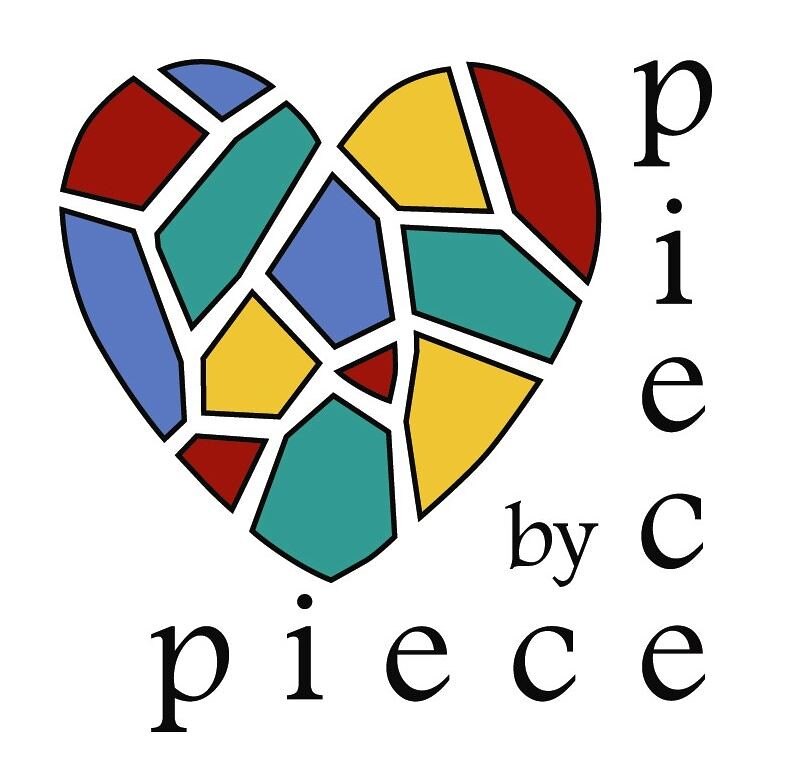As we celebrate Asian American and Pacific Islander (AAPI) Heritage Month, it is important to recognize the diverse and vibrant cultures that make up this community. One aspect of AAPI culture that often goes unrecognized is the rich tradition of mosaic arts.
This art form has a long history in many AAPI cultures, dating back thousands of years. From the stunning mosaics of ancient China to the intricate tile work of Islamic architecture, mosaic art has played an important role in the visual culture of many AAPI societies.
One example of AAPI mosaic art is the Najeon Chilgi technique from Korea. This technique involves creating intricate designs on wooden objects using thin strips of mother-of-pearl, which are arranged to create shimmering patterns and images. This art form dates back to the 7th century and has been used to decorate everything from furniture to musical instruments.
In Japan, the art of kintsugi involves repairing broken pottery with a mixture of gold dust and lacquer, creating a mosaic-like effect. The philosophy behind kintsugi is to embrace imperfection and to celebrate the history and character of each object. This technique has been used for centuries in Japan and has recently gained popularity around the world as a form of sustainable and mindful design.
In the Philippines, the art of banig weaving involves creating intricate patterns using dried leaves from the pandan plant. This technique has been used for centuries to create beautiful mats and baskets, and has been recognized as an important cultural heritage of the Philippines. The intricate patterns and designs created through banig weaving resemble the patterns found in mosaic art.
In addition to these traditional forms of mosaic art, many contemporary AAPI artists are exploring the possibilities of this medium in new and exciting ways. From large-scale installations to small, intricate works, mosaic art continues to evolve and adapt to the changing needs and aesthetics of the AAPI community.
Toyoharu Kii is one example of a modern day AAPI mosaic artist making an impact in the art world today. He is a Japanese artist who specializes in the art of kintsugi, Toyoharu Kii creates intricate and beautiful mosaics by repairing broken pottery with gold dust and lacquer. His work has been featured in galleries and museums around the world, and he is considered one of the foremost practitioners of this traditional art form. (Image courtesy of artist: Toyoharu Kii Mosaic Osaka City General Hospital 1993)

As we celebrate AAPI Heritage Month, let us take a moment to appreciate the rich history and diversity of mosaic art in AAPI cultures. Whether through traditional techniques or modern adaptations, this art form continues to inspire and captivate audiences around the world.


